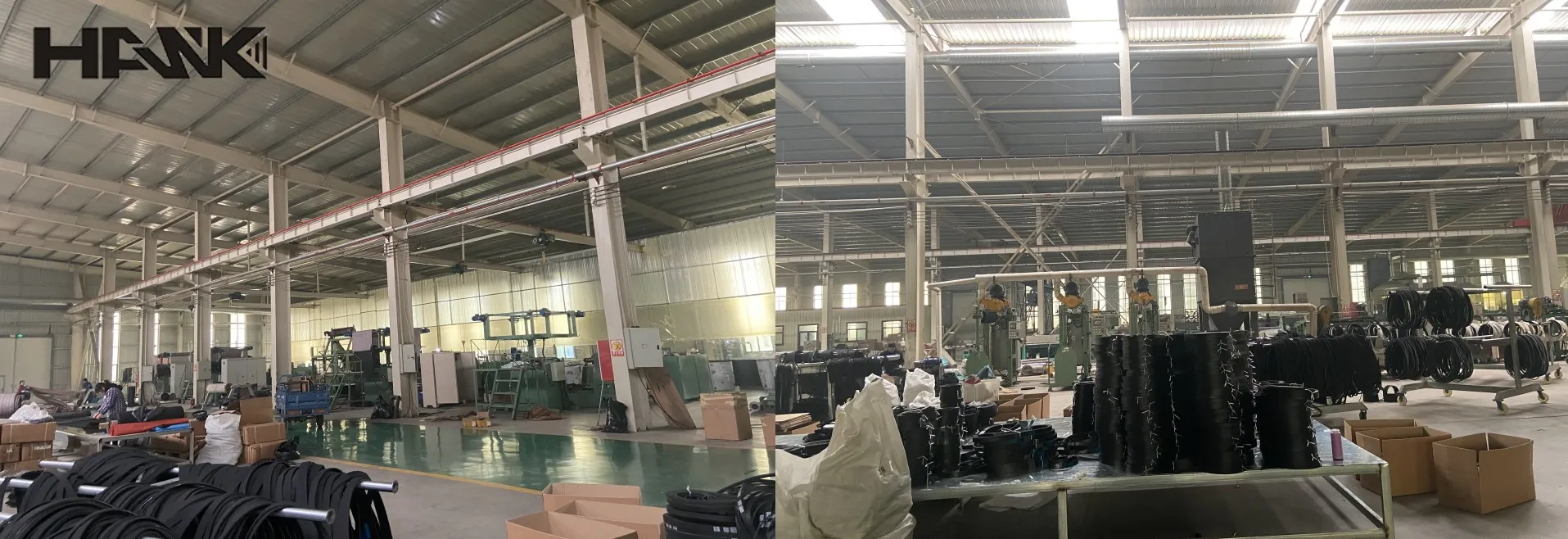- Arabic
- French
- Russian
- Spanish
- Portuguese
- Turkish
- Armenian
- English
- Albanian
- Amharic
- Azerbaijani
- Basque
- Belarusian
- Bengali
- Bosnian
- Bulgarian
- Catalan
- Cebuano
- Corsican
- Croatian
- Czech
- Danish
- Dutch
- Afrikaans
- Esperanto
- Estonian
- Finnish
- Frisian
- Galician
- Georgian
- German
- Greek
- Gujarati
- Haitian Creole
- hausa
- hawaiian
- Hebrew
- Hindi
- Miao
- Hungarian
- Icelandic
- igbo
- Indonesian
- irish
- Italian
- Japanese
- Javanese
- Kannada
- kazakh
- Khmer
- Rwandese
- Korean
- Kurdish
- Kyrgyz
- Lao
- Latin
- Latvian
- Lithuanian
- Luxembourgish
- Macedonian
- Malgashi
- Malay
- Malayalam
- Maltese
- Maori
- Marathi
- Mongolian
- Myanmar
- Nepali
- Norwegian
- Norwegian
- Occitan
- Pashto
- Persian
- Polish
- Punjabi
- Romanian
- Samoan
- Scottish Gaelic
- Serbian
- Sesotho
- Shona
- Sindhi
- Sinhala
- Slovak
- Slovenian
- Somali
- Sundanese
- Swahili
- Swedish
- Tagalog
- Tajik
- Tamil
- Tatar
- Telugu
- Thai
- Turkmen
- Ukrainian
- Urdu
- Uighur
- Uzbek
- Vietnamese
- Welsh
- Bantu
- Yiddish
- Yoruba
- Zulu
Jul . 24, 2024 02:40 Back to list
Understanding the Expenses Involved in Purchasing and Maintaining V-Belts for Various Applications
The Cost of V-Belts Understanding Factors and Implications
V-belts are crucial components in various mechanical systems, commonly found in automotive, industrial, and agricultural applications. They transmit power between pulleys and are essential for the efficient functioning of machines. However, the costs associated with V-belts can vary significantly, depending on several factors. Understanding these factors can help businesses and individuals make informed purchasing decisions and budget effectively.
The first factor influencing the cost of V-belts is the type. There are several categories of V-belts, including standard V-belts, narrow V-belts, and cogged V-belts. Each type serves different functions and applications. For instance, cogged V-belts are designed for higher flexibility and heat dissipation, which can lead to a higher price point. Standard V-belts are typically less expensive but may not perform as efficiently in high-demand situations.
2. Material Composition
V-belts are made from various materials, including rubber, polyester, and cotton. The material used plays a significant role in determining the belt's durability, flexibility, and resistance to wear and environmental factors. High-quality materials, such as neoprene or synthetic rubber, can increase the cost but provide longer-lasting performance. When considering V-belt costs, it is essential to evaluate the materials used to ensure a balance between affordability and quality.
3. Size and Specifications
v belt cost

The size and specifications of a V-belt directly affect its price. V-belts come in different lengths, widths, and thicknesses to accommodate specific machinery requirements. Customized belts or those that meet particular industrial standards may incur additional costs due to their specialized nature. When selecting a V-belt, it is important to measure the required dimensions accurately to avoid mispurchases that can lead to increased costs in the long run.
4. Brand and Supplier
Brand reputation can also impact the cost of V-belts. Well-known manufacturers may charge a premium for their products due to their established quality and reliability. Conversely, lesser-known or generic brands may offer more competitive pricing but could sacrifice quality or performance. It's advisable to conduct thorough research on suppliers and brands, considering customer reviews and performance ratings. Investing in reputable brands can lead to savings in maintenance and replacement costs over time.
5. Bulk Purchasing and Bulk Discounts
For businesses with substantial machinery operations, bulk purchasing of V-belts can yield significant cost savings. Many suppliers offer discounts for bulk orders, reducing the per-unit cost. This approach not only lowers upfront expenditures but also ensures that businesses are prepared for maintenance needs as they arise. However, companies must consider storage and inventory management when purchasing in bulk to avoid overstocking or deterioration of unused belts.
Conclusion
The cost of V-belts is influenced by various factors type, material composition, size, brand reputation, and purchase quantity. Understanding these elements can help consumers and businesses make informed choices that align with their operational needs and budget constraints. While it may be tempting to opt for the cheapest option available, it’s essential to balance cost with quality to ensure the longevity and efficiency of machinery. By investing wisely in V-belts, users can enhance productivity and ultimately reduce overall maintenance costs.
-
Upgrade Power Steering Pump Belt for Smooth, Quiet Operation
NewsAug.27,2025
-
Precision Timing Belt & Chain: Engine Performance & Durability
NewsAug.26,2025
-
Precision Lathe Drive Belts: Durable & Reliable Performance
NewsAug.25,2025
-
84.5 Serpentine Belt: Durable & Precision Fit for Your Engine
NewsAug.24,2025
-
Premium Ribbed Drive Belts for Quiet Power Transmission
NewsAug.23,2025
-
High-Performance Vehicle Timing Belt for Engine Precision
NewsAug.22,2025

